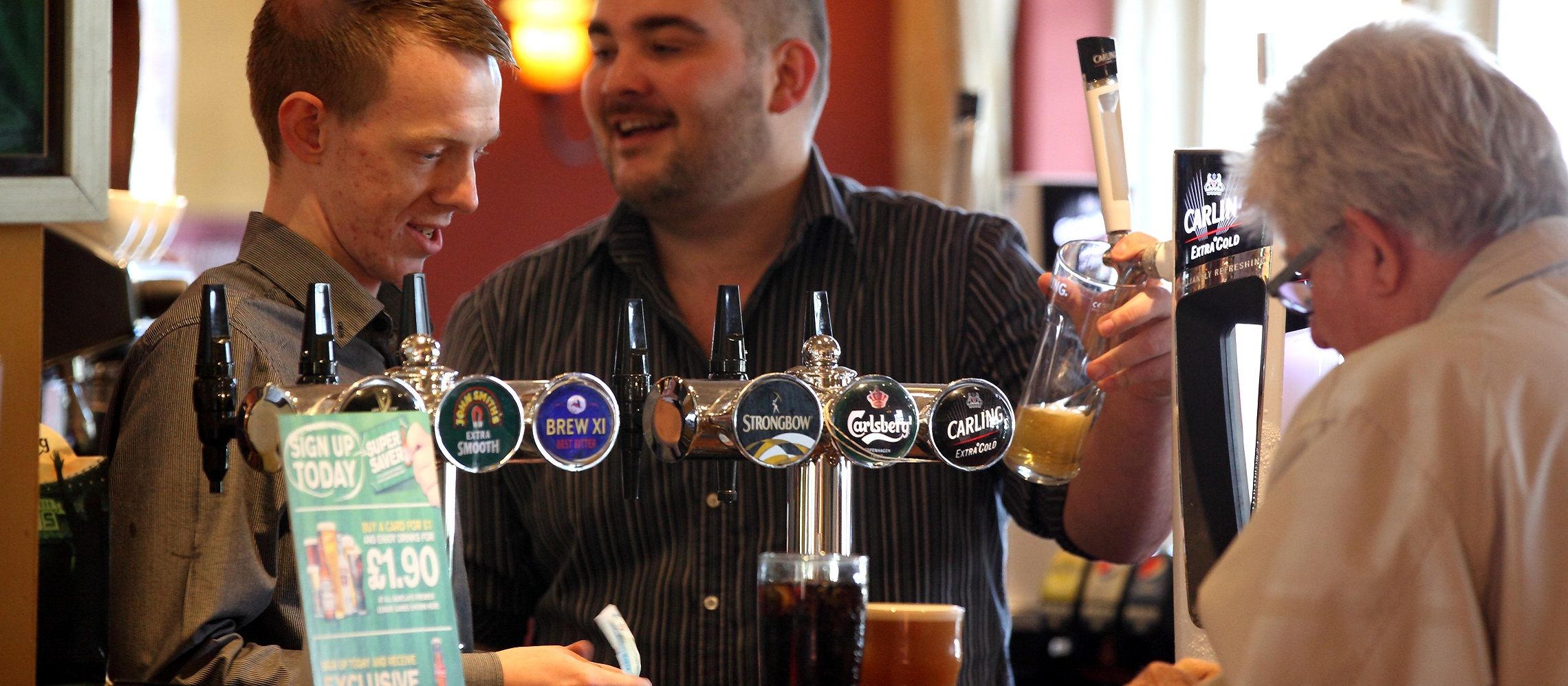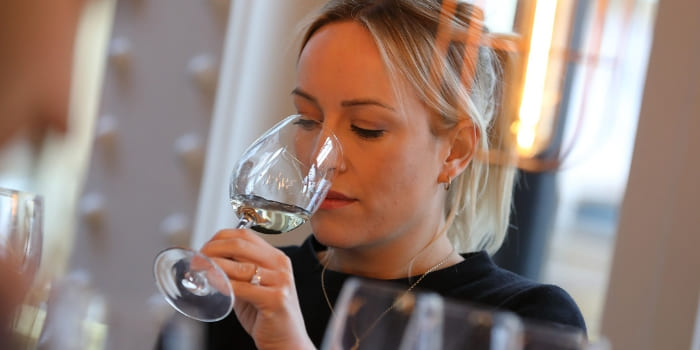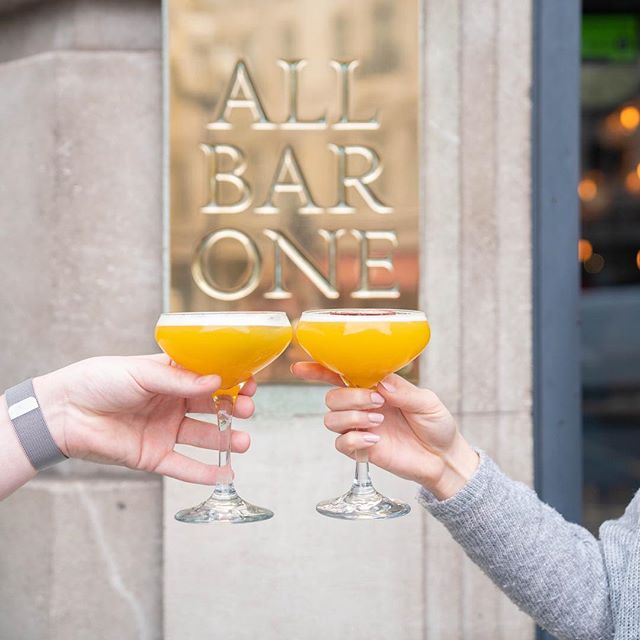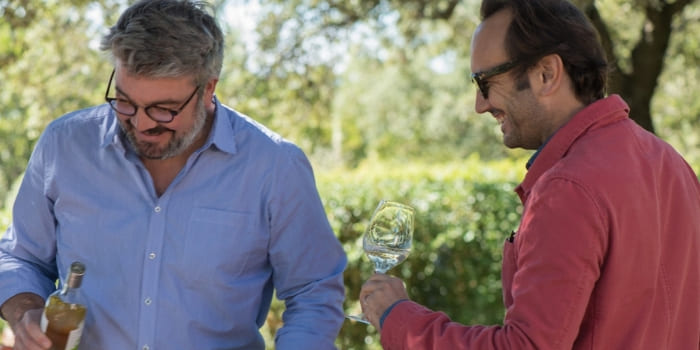Registration Open
1 June 2025
Judging
Date
23 & 24 March 2026
Winners Announcement
22 April 2026
1 June 2025
23 & 24 March 2026
22 April 2026

By : Alistair Morrell
The UK on-trade (alcohol served for consumption on the premises) is worth around 20% of the volume of total wine, but around 40% of the value (£4.2bn WSTA 2017). Of the licenced 122,221 (CGA 2017) outlets in the UK, most reside in so-called ‘managed’ outlets or groups that have branded propositions spread across the UK's 48,236 cities, towns and villages. These outlets are responsible for pouring and sharing much of the wine that the regular UK population drink.
Mitchells and Butlers is one of the UK’s largest on-trade groups. It is easy to be scathing of large supposed catch-all brands, but MAB is not that. It is divided now across 20 brands, 1,600 businesses in all geographical parts of the British Isle. Large and complex it definitely is and when managing a category as inherently detailed as wine then help is required.

Lydia Worsey is the Wine Category Manager for MAB who is responsible for designing the marketing activities alongside the brand managers and ensuring joined-up consumer activity in the wine category. The Wine Category Manager (and there is the same for beer and spirits) is able to mold their marketing minds around the objectives of each brand and appropriate the best wine strategy for each channel. It is a demanding job requiring much mental dexterity. Knowing the trends and general direction of the different categories is key to shaping and achieving success.
The biggest issue in the UK hospitality industry currently is recruitment. Immigration from the EU, a great source of recruitment, has already dwindled and with a no deal BREXIT looming the issue is likely to continue. ‘Work experience’ programmes in association with schools introduce thousands of school students to the world of UK work each year. Mason Brown, a Year 13 student at Cox Green School, Maidenhead has elected to spend the week with me, seeing what the wine industry does and carry some of the research load.
Part of Lydia’s role is to understand what the customer dynamics are in the category as a whole and then for the individual brands beneath that.
This is where it gets interesting. In general, wine is losing ground to spirits. As gin goes up, wine goes down – they are the same drinker, according to their customer data. Having understood the dynamics it is then about putting a plan together for the overall category, working with the other team members, Henry Boyes, Purchasing Manager and Amrit Bansal, and then working with individual brand teams for their specific outlets.
Whilst wine sales and interest seems to be on the slide, it is still a relevant category. What Lydia finds fascinating about wine is that, typically, producers are not just making wine because there is another profit-making opportunity, but it is what they have been doing for decades, if not generations. The job for the industry is to draw out the stories that are already there and present them in ways that consumers will engage with them.
An example of this is when speaking with social media influencers – the mighty bloggers et al. They tend to be younger and interested in their values and how a particular food, drink or other consumer product fits into these values. Presented with wine aspects that are relevant and current for example biodynamic wines becomes interesting, as much a serving wine from key kegs (innovative one-way 10-30 litre keg), not because it makes it like beer, but because it maintains freshness and quality that packaging in a bottle, arguably, cannot.

One of MABs brands in All Bar One (ABO), twenty years ago was part, if not the leader, of the UK wine revolution twenty years ago as consumption jumped from 8 to almost 20 litres per head per year. The best high streets showcased their ABO’s as a demonstration of being up to the minute, contemporary places to be.
The wine has always appealed to an older demographic, and consumers are actively drinking other products. Cocktails are ‘instagrammable’, colourful, and appeal to a younger generation. Wine’s perception teeters on the brink of being seen as boring, stuffy, snobby, a complex category.
So in response and to regain the wine territory ABO wanted to showcase the diversity of the category, break out of wine just in a wine glass and do things differently, as well as feature sustainability, a major agenda of the younger Generation Z drinker.
For example, their wine list is moving away from the huge range, and yet is more diverse than other brands. Reduced range does not have to mean reduced choice. Their list shows the consumers a grape that they know – Sauvignon blanc – and then show them a number of the other things that they could be drinking – Gruner Veltliner – Pinot Gris – Sancerre and so on.
Arguably the biggest departure from ABO wine norms is the Provence Rose delivered into a flat-bottomed glass from a 20-litre keg. Hecht and Bannier’s (Parker pointed rose producers) Cotes de Provence Rose served in a flat-bottomed, stemless wine glass is pretty big as a statement and aligned with their environmentally conscious, mid-twenties consumers.

Lydia’s observations as a marketer are that the Industry needs to be putting the focus on the bits that the consumer is interested in. Some other industry examples are Whispering Angel doing gummy bears as a promotion, or The Mirabel Froze popsicle are current examples. In other consumer sectors using other items to help promote a product to a wider audience is and has been a common currency for a long time.
It’s a truism that the vast majority of producers make wine because it brings the best out in the fruit they have. So the ABO example of presenting wine in a different light, that it is not just a stemmed glass experience is critical to appealing to a wider audience. However getting the balance right so that the sell is about the product, not the added value item is crucial. Credibility and reputation for quality remain of paramount importance.
As a producer, then, the lessons are that the UK market is a sophisticated market, where operators are constantly vying for the leisure spend. However, these multi-site operators also want a limited number of expert suppliers. This means that in order to fulfil those ambitions, finding a suitable distributor is a key element of your strategy. Once that relationship has been developed then you can activate your most creative proposals to help the operator appeal to their particular or new audience.
 The article is contributed by Alistair Morrell a Wine Inspector, wine industry consultant, journalist and, commentator. Over 30 years as a wine business professional, Alistair shares his global knowledge, network, and experience of growers, importers, distributors, and buyers.
The article is contributed by Alistair Morrell a Wine Inspector, wine industry consultant, journalist and, commentator. Over 30 years as a wine business professional, Alistair shares his global knowledge, network, and experience of growers, importers, distributors, and buyers.
--- How Wine is Chosen in Top Restaurants of London
--- How London Wine Competition established itself as an Internationally respected Wine competition
The 2026 International London Wine Competition submission is now open. You can enter your wines now to get the super early bird pricing.